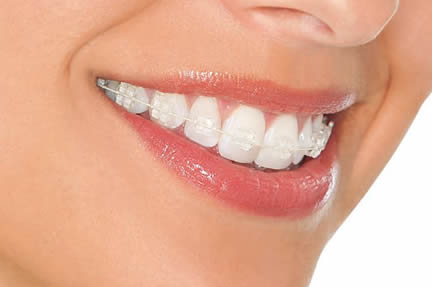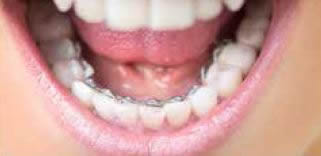COMMON TYPES OF BRACES
Metal Braces
Metal braces are commonly made out of stainless steel, which are sometimes combined with nickel titanium or gold if a person is allergic to nickel.

Clear Braces
Ceramic and tooth-colored braces are made from composite material. They are not as noticeable as metal braces and are an ideal choice for those who are concerned that the braces will affect their looks. The elastic ligatures may stain but these are usually replaced during your monthly visit to the dentist. These braces are more comfortable and cause lesser gum irritation as compared to metal braces. Ceramic and tooth-colored braces cannot be used for treating teeth that require a lot of force or pressure to align.

Self-ligating Braces
Self-ligating braces differ from conventional braces because they have their own mechanism for connecting to the archwire and hence do not require ligatures or elastic bands. They exert less pressure on the teeth. Treatment with self-ligating braces takes less time and often tooth extraction is avoided. Self-ligating braces are glued to the teeth and therefore the teeth should be cleaned regularly for the braces to work properly.

Lingual Braces
Lingual braces are made of metal and attached behind the teeth. They are “invisible” to most people because the braces are not visible from the front view. Lingual brackets are custom-made for each patient because the back side of each patient’s teeth are differently shaped. Specially trained orthodontists provide treatment with lingual braces. Treatment with lingual braces can take longer than with conventional braces and is often more costly. At the start of treatment, the patient may experience discomfort and irritation against the tongue since the braces come in direct contact.

